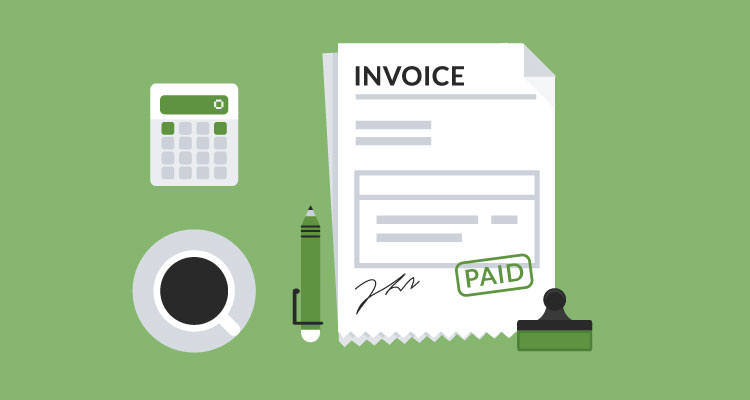Finding additional revenues is a nice perk for business owners. After all, additional revenue means that you have more cash coming into your business, which means you can dedicate more to savings or paying down your debt.
Believe it or not, one of the most overlooked ways to uncover some additional revenue is when you invoice your clients. I know. How is that possible? It’s already a challenge getting them to pay an invoice on time, let alone hitting them up for even more money.
It’s possible for you to make additional revenue when invoicing your clients if you try out the following 7 techniques.
Table of Contents
Toggle1. Retainers.
A retainer is a kind of like an advance payment where you agree to set aside a specific amount of hours per week, month, or year for the client. There may even be times when you don’t work at all for the client. However, it’s a guarantee that you could offer your long-term clients that you’ll be at their disposal when they require your services. It’s most common among professionals like lawyers and freelancers like designers.
If you do suggest a retainer when invoicing your clients, make sure that you set boundaries so that you don’t neglect your other clients. And, most importantly, these hours don’t rollover. That means if you and the client agree on a retainer that has a 5-hour cap per week, then that’s all that the client is going to receive.
If retainers don’t work for your business model, then consider the “subscription business model” where you provide a set amount of products or services for a client each month. In return, they’ll be charged a set-fee automatically each month. Recurring billing is a great way to generate consistent cash flow each month.
2. Payment plans.
Instead of collecting the entire total amount at once you could set-up a payment plan. For example, if you bill your client for $5,000 you could suggest that the client makes a monthly payment of $500 for the next 12 months. You just made an extra $1,000 and the client doesn’t have to worry about paying the lump sum at once.
3. Discounts on future work.
Here’s a nifty trick if you want to convert your invoice into a lean, mean marketing machine. Offer the client a discount on future. For instance, you could knock 5% off the total amount due on their next invoice. Even if the client wasn’t planning on hiring you again that quickly, that discount could entice them to hire you for additional work in the near future.
4. Offer additional products or services.
Let’s say that you’re a graphic web designer. You could offer your clients hosting services on top of the design work you just completed for them. Even though they could find a cheaper hosting service, the fact that you allow them to maintain, manage, and update their website on their own makes your services more appealing.
Think about any related products or services that you could offer your clients when sending out invoices. It’s a simple technique to bring in some additional revenue.
5. Referral programs.
Did you know that 65% of new business comes from referrals? Additionally, 92% of respondents in a Nielsen survey reported that they trust referrals from people that they know.
In other words, referrals are good for business.
Use that to your advantage the next time you’re sending out your invoices by launching a referral program. It doesn’t have to be too complicated. You could offer the client and their referral a discount on an upcoming project. You could reward them with a gift card, free 30-day trial, or free products that your company manufacturers. Just make sure that the referral program works for your specific business.
6. Reduce overhead.
Sometimes making more money is as simple as reducing the amount of money that you spend. When it comes to invoicing, replace that antiquated paper-based system with a cloud-based option that allows you to quickly send invoices electronically This not only speeds-up the payment process, it eliminates that cost of paper, ink, postage, and the time spent manually entering this information. Additionally, invoicing software comes allows you to set-up recurring payments and send payment reminders – both of of which can save you a time and money.
And, most invoicing platforms only charge a low transaction fee to process payments. At Due, for example, we charge 2.8% for every transaction – no matter where in the world the payment is coming from. Reducing these transaction costs can put more money into your bank account.
7. Go above and beyond.
This may be the most obvious, but always deliver the best work possible. Meet deadlines. Communicate frequently with your clients. And, just go above and beyond when they least expect it. This is one of the most effective ways in building long-term relationships that can lead to recurring clients and referrals.
And, while this doesn’t happen every month, your client may even thank you for all of your hard work from time-to-time. That’s always been a pleasant surprise for me and has motivated to keep doing my absolute best work for those types of clients.












